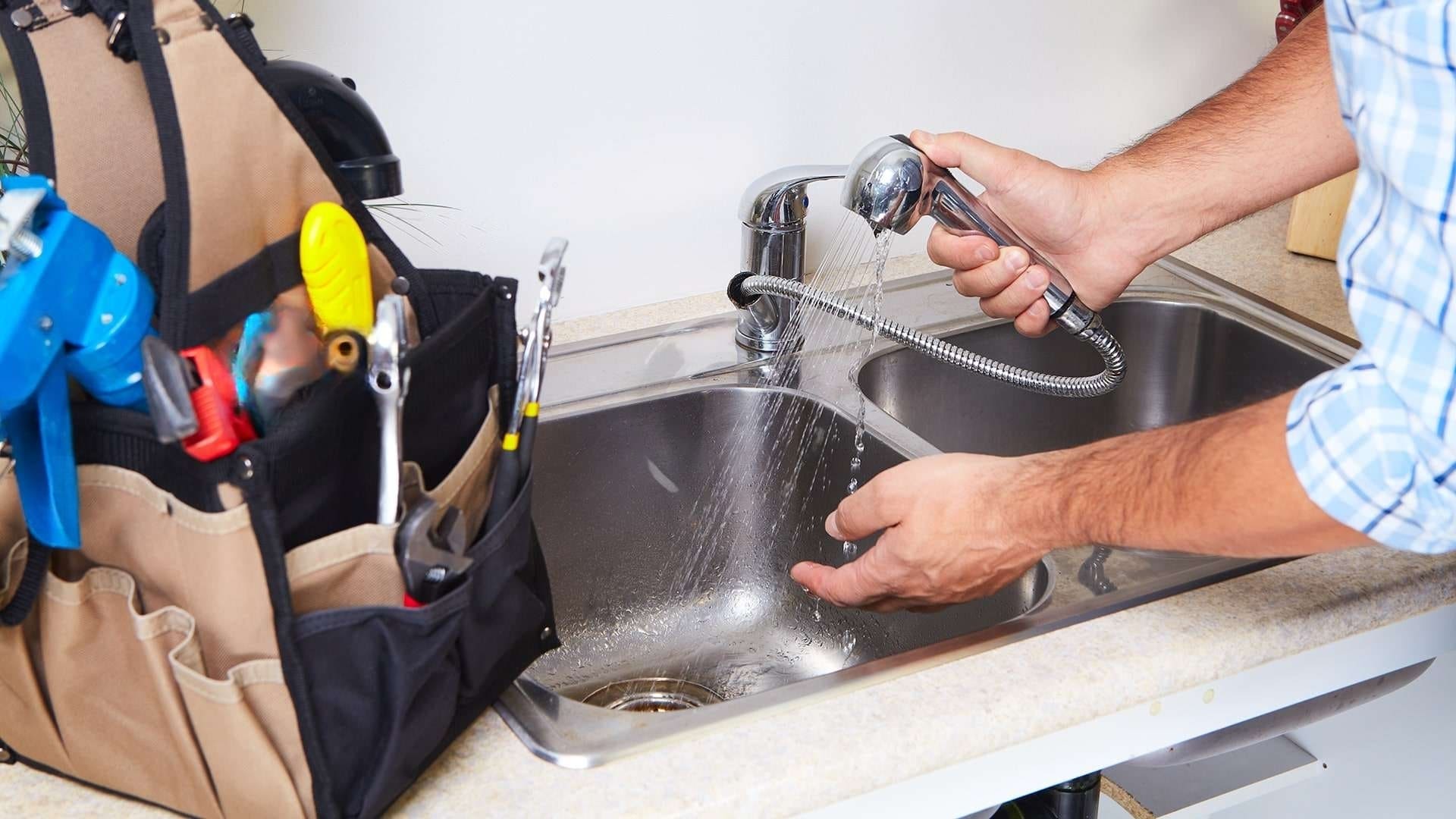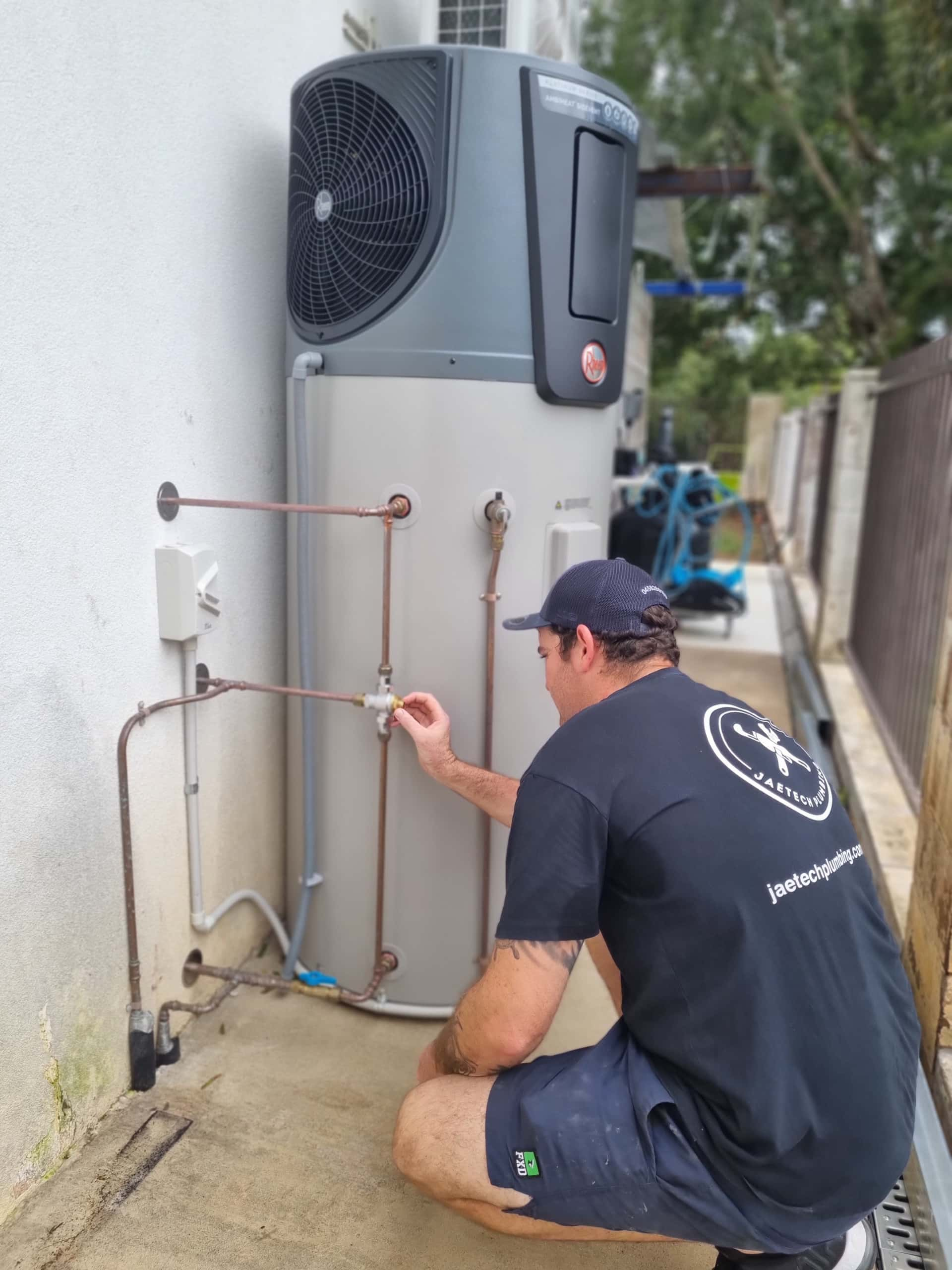High water pressure in your house can be dangerous, but low water pressure can be just as risky. Sometimes, reduced water pressure is an easy fix, while in more serious cases, it can be a permanent issue. For this reason, it is vital that you contact your plumbing expert to solve the problem. Below are the most general reasons for low water pressure and ways to fix them.
Common Causes of Low Water Pressure
Low water pressure doesn’t always have a single cause. In some cases, it may be linked to just one tap or showerhead, while in others it can affect the entire household. Factors like faulty fixtures, ageing pipes, or even temporary issues with the local water supply can all play a role. Understanding where the pressure is dropping and under what conditions can help point to the most likely cause.
A Broken Fixture
When people have low water pressure, the primary instinct is to blame their pipes. However, if you only have low water pressure in one specific shower, tub, sink, or toilet, the issue might actually be the fixture itself. Many faucets and other fixtures have an aerator that controls and directs the water flow. If your water supply contains minerals or dirt, these can build up and clog the small holes of the aerator.
Fortunately, this issue is easy to solve. You can replace the fixtures entirely if they are old and outdated, or simply clean the aerators.
Older Fixtures
Over time, old showerheads and taps can become clogged with sediment. While there are temporary fixes, eventually you will need to replace old fixtures, preferably with new, efficient models.
A Failing Pressure Regulator
A pressure regulator is a device that helps standardise the water pressure in your home. If you have one, it is important to check it when you notice low pressure throughout the house. Over time, a pressure regulator can begin to fail. It may give inaccurate readings and reduce water flow unnecessarily.
You can test your pressure regulator by attaching a water pressure gauge to a spigot near the regulator.
Municipal Water Supply Problems
Sometimes, the water pressure issues you experience have nothing to do with your home. Maintenance work or a sudden demand surge in your area can cause low pressure in the main supply. High usage times, such as late evening or early morning, may also mean that demand exceeds supply, resulting in lower pressure. Contact your local water provider to check if there are any known issues.
Sediment Buildup in The Water Heater
If your hot water pressure is lower than your cold, the culprit might be sediment buildup in your water heater. Sediment can collect at the bottom of the tank, decreasing efficiency and affecting pressure. To fix this, you can drain and flush your heater to remove the sediment.
Pipe corrosion
Older galvanised steel pipes are prone to corrosion, which can reduce pipe volume and badly affect water pressure. For this reason, galvanised pipes have largely been replaced with non-corroding materials such as copper. If you are still using galvanised pipes at home, call expert plumbers to have them replaced.
Conclusion
Low water pressure can be caused by anything from clogged fixtures and failing regulators to larger issues like corroded pipes or problems with the municipal supply. While some fixes are straightforward, others may require professional help. If you are unsure of the cause or the problem persists, it is always best to call a licensed plumber to restore proper water pressure and prevent further damage.



